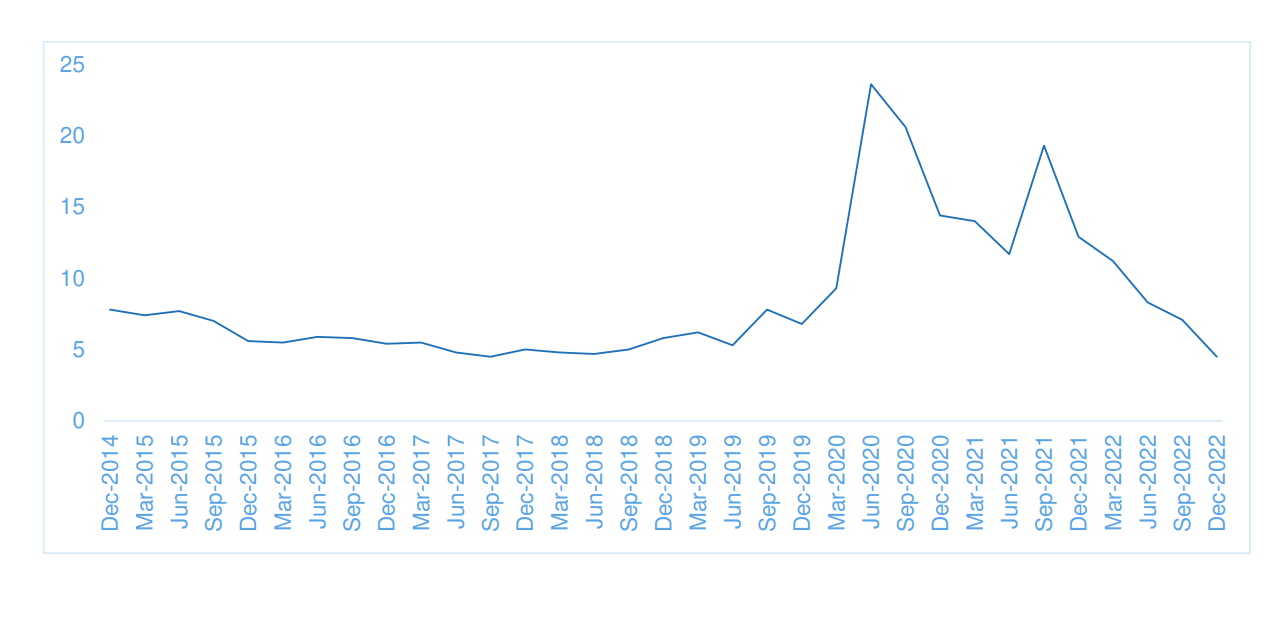
The assistant governor of the Reserve Bank of Australia noted that pilot projects have highlighted several key areas where CBDCs could be of great use.
The Reserve Bank of Australia (RBA) is open to using a central bank digital currency (CBDC) as the future of money, where state-issued digital money would represent a tokenized form of central bank reserves.
Brad Jones, the assistant governor (Financial System) of RBA, in his speech titled “A Tokenised Future for the Australian Financial System,” talked about the opportunities and challenges arising from the tokenization of assets and money in the digital age while shedding light on the proposed plan to use CBDCs as a form of money.
Jones started his speech by outlining the use of different forms of money over the course of history and how financial instruments have evolved over time. While talking about tokenization and tokenized forms of money in the modern era, Jones talked about stablecoins and CBDCs.
He noted that stablecoins issued by “well-regulated financial institutions and that are backed by high-quality assets (i.e. government securities and central bank reserves) could be widely used to settle tokenised transactions, however, due to lack regulatory guidelines these stablecoins issued by private parties often come with underpinning risk. Thus, CBDCs in the form of tokenized bank deposits could become a good form of transaction settlement.
The assistant governor noted that the introduction of tokenized bank deposits would represent a minor change to current practice given that deposits issued by a variety of banks are already widely exchanged and settled (at par) across the central bank balance sheet. A payment between two parties using tokenized deposits would still be settled via a transfer of ES (or wholesale CBDC) balances between the payer and payee bank.
Related: China opens industrial park for digital yuan CBDC development in Shenzhen
RBA’s assistant governor also shared some of the findings from its pilot CBDC program including a range of areas where CBDC could add value in wholesale payments such as facilitating atomic settlement in tokenized asset markets. The pilot project also highlighted opportunities for a wholesale CBDC to act as a complement to new forms of privately issued digital money, namely tokenised bank deposits and asset-backed stablecoins.
Magazine: Real reason for China’s war on crypto, 3AC judge’s embarrassing mistake: Asia Express






